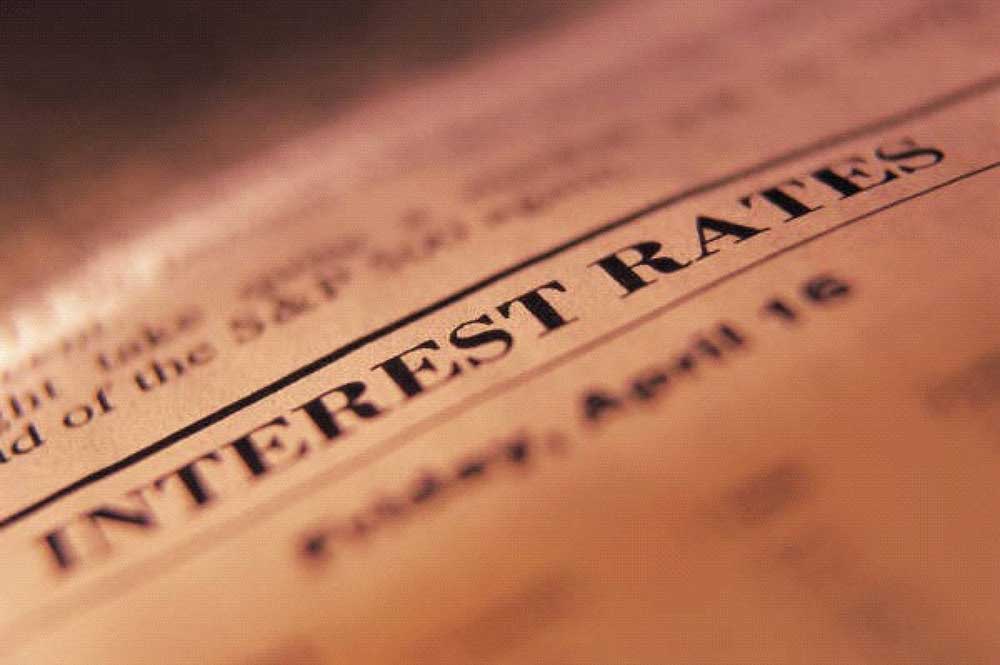Washington – Since December 2008, the Fed has left short-term interest rates nearly at 0%, as a strategy to pull the US economy from the depths of the Great Recession. However, this year might mark the end of this “cheap-money” era. As the US economy has been progressively improving, the Federal Reserve has plans to raise interest rates by 0.25%. The question that has the entire nation intrigued is “when?”
The Fed had stated that it would raise interest by September. However, economists also predict that December would actually be the month were the new regulation will be applied. As for liberals, they want to keep low rates to boost growth and fight economic inequality, while conservatives claim the time is just right to increase them.

Liberal American editor and publisher, Katrina vanden Heuvel said, “Raising rates would declare that we’re back to normal. There’s only one problem: most Americans aren’t.”
Many claim that the number of working-age US citizens with jobs has not returned to its pre-recession level; wages are currently stagnant; there’s a wide range of underemployment; and median household wealth is still declining.
The only good reason that economists consider for increasing interest rates is to fight inflation. However, experts on the subject say that the US is not going through an inflation problem. Currently, inflation is below 2% and it seems to be staying that way.
Meanwhile, others argue that there are no reasons for the rates to remain nearly at 0%. Barry Ritholtz, Ritholtz Wealth Management CIO, stated that “Interest rates at zero are a post-credit-crisis emergency setting, and the emergency is over.” The economy posted a strong 3.7% growth in the last quarter, and “banks can handle the increase,” he added.
Additionally, Chris Low from BBC said that the Fed has taken an “extraordinarily gradual approach” towards raising rates. “It’s a wonder they have not raised rates already,” he stated.
All in all, one of the most important elements to be considered before making this type of decision is the unemployment rate. In July it was at 5.3%, very close to the 5 to 5.2% range that is considered to be full employment. Financial markets usually always panic after a rate increase, but calm down when investors observe that the economy can handle it. “There is no reason it should be different this time,” Low concluded.
Source: CNN Money
